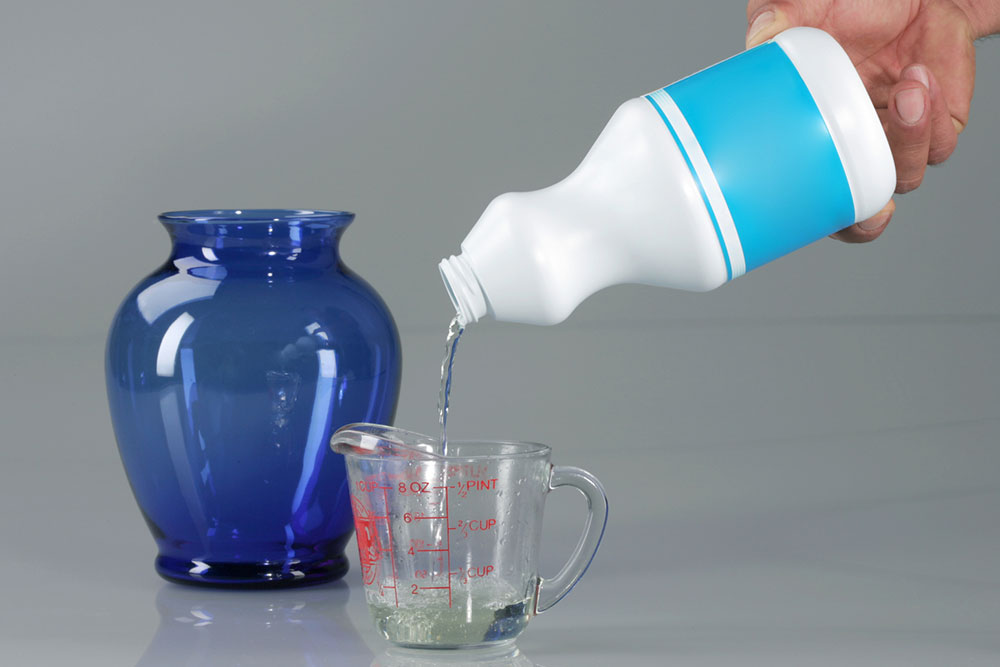8 common warning signs of vasculitis
Vasculitis is a group of rare and complex autoimmune disorders involving blood vessel inflammation. This can affect any body part, from the skin to vital organs like the heart and kidneys. While these disorders are uncommon, early recognition and diagnosis are crucial for effective treatment and management. Continue reading to explore the top eight common warning signs of vasculitis that can help individuals seek timely medical attention to improve their condition. Persistent fatigue One of the initial signs of vasculitis that individuals may experience is persistent fatigue. This is often more than just feeling tired post-exertion; it’s an unrelenting exhaustion that doesn’t improve with rest. Vasculitis can lead to inflammation throughout the body, causing the immune system to work overtime. As a result, the body becomes chronically fatigued, impacting a person’s ability to perform daily activities. Recurrent unexplained fever Frequent unexplained fevers can be another warning sign of vasculitis. These fevers often occur due to the body’s immune system trying to combat the inflammation in the blood vessels. If one experiences recurrent fevers without apparent cause, one should consult a healthcare provider for further examination. Skin changes Many types of vasculitis can manifest with skin changes as a prominent symptom.
Read More 









